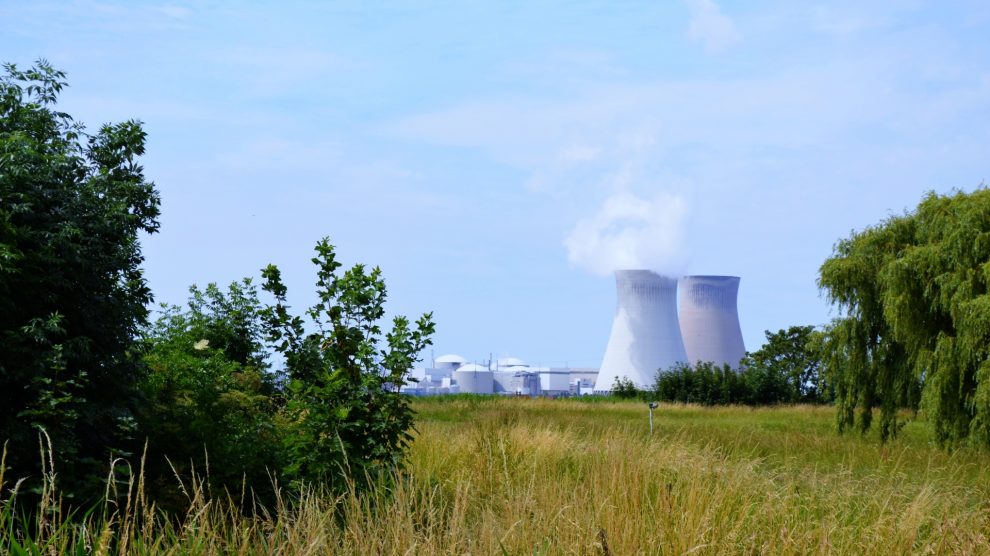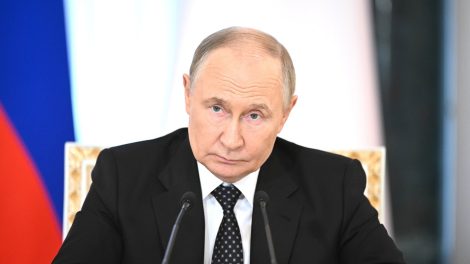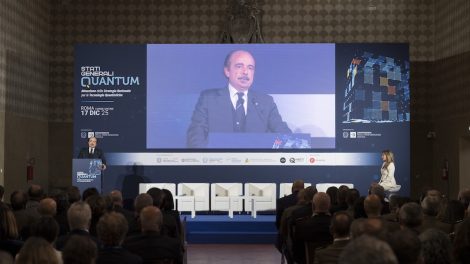Looking at nuclear – again. Some twenty countries at COP28 pledged to triple nuclear energy production and convene in Belgium for the first nuclear energy summit in March 2024. Italy did not take part in the pledge because “we cannot triple what we do not have,” said Environment and Energy Security Minister Gilberto Pichetto Fratin. However, he did open the door to Rome participating as an observer at the summit.
- Speaking at the Italian Nuclear Association (AIN) annual meeting, the minister recalled why the government is planning Italy’s nuclear renaissance: a host of environmental reasons as well as economic and social benefits, such as an estimated €45 billion impact on the economy.
- “We must continue our commitment, equip ourselves technologically and equip the Italian production system in the short term,” he remarked.
The industry’s resilience. Despite the lack of infrastructure, years of political disengagement and basically no State support, the Italian companies have maintained their edge and operate at the highest levels abroad. AIN President Stefano Monti pointed out that France (the EU leader in nuclear power, whose plants were serviced throughout 2022 by Italian companies) and the whole of Europe “need Italy, which is ready and active.”
- This point was reiterated by Bernard Salha, President of the Sustainable Nuclear Energy Technology Platform, who emphasised the competence of the Italian nuclear industry and its importance for the wider European chain.
- Even today, Italian companies could produce eight small modular reactor pressure vessels per year, as Marco Ricotti, professor of nuclear engineering at the Politecnico di Milano, pointed out.
(Young) voices from the ground. “Perhaps a turnaround – a slow and cautious one – is coming,” said Claudia Gasparrini, chairman of the Italian Nuclear Young Generation and a scientist at Imperial College London, after taking part in the event. Companies, research centres and universities are watching closely as the National Platform for Sustainable Nuclear Energy works to present a plan in 2024. Meanwhile, the government has earmarked €135 million euros for research.
- Still, Rome is treading cautiously: the industry “is very willing and present, but there is a need for a broad vision, from training to funding at the national level,” she told Decode39.
- What’s more, there’s a “generation of professionals and students eager to work actively in the sector.” Reverting to the atom “would offer a new boost for the development of the country’s technical and scientific skills and a real solution to the continuing ‘brain drain’ abroad.”
The SMR field choice. As Minister Pichetto pointed out, Rome is not interested in the “old” plants, but rather the smaller and cheaper SMR reactors (Italian companies Enea and Ansaldo Nucleare are founding members of the new EU alliance in this field). And while it is true that these frontier reactors will be available around 2030, it is also true that many of their components can be borrowed from their larger cousins, explains Ms Gasparrini.
- “They would have no disadvantages in terms of implementation; on the contrary, they are the safest and most efficient technology available today.





